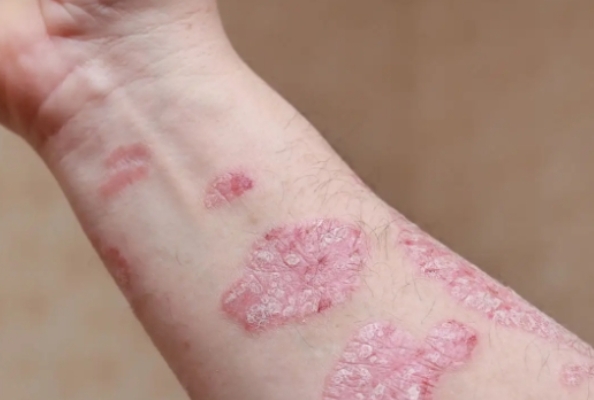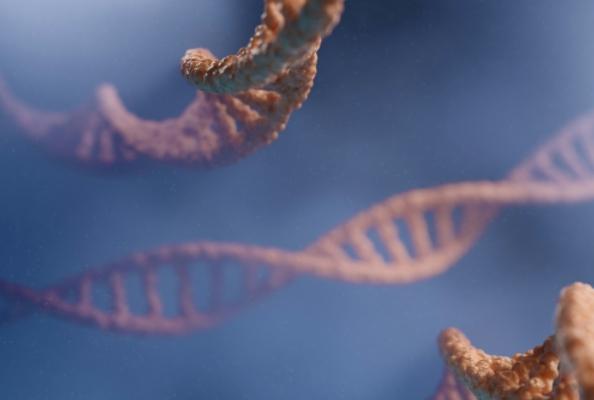
- Details
- Parent Category: Knowledge Base
- Hits: 118
Headache is one of the most common neurological disorders worldwide. Data indicates that approximately 52% of the global population has experienced the affliction of headaches, making it one of the leading causes of disability-adjusted life years (DALYs).

- Details
- Parent Category: Knowledge Base
- Hits: 105
In modern society, the demands on individuals are far higher than those in the past few decades. Faced with high-pressure, high-intensity, and highly competitive learning and working environments, as well as complex and ever-changing family and interpersonal relationships, physical and mental exhaustion has become the norm for most people. Moreover, with the development and rise of social networks, ordinary people rely excessively on electronic devices, indulging in the virtual world, short videos, and games—resulting in a severe lack of effective social interaction in real life. Coupled with the pursuit of material possessions in real life, this leads to an imbalance in physical and mental states. Long-term exposure to such an environment has made the incidence of anxiety disorders and depression much higher than in the past.

- Details
- Parent Category: Knowledge Base
- Hits: 117
Eczema is a localized inflammatory skin disease, which can be classified into acute eczema, subacute eczema, and chronic eczema based on the disease course. The prevalence rate of eczema in the general population in China is approximately 3%–5%, and that in children is about 10%–20%, making it a relatively common skin disease. Due to the pruritus, erosion, exudation, ulceration, and recurrent attacks of the affected area, eczema seriously affects patients' daily lives.

- Details
-
Also available in:

- Parent Category: Knowledge Base
- Hits: 136
The Dietary Guidelines for Adult Obesity (2024 Edition) released by the National Health Commission of the People’s Republic of China indicates that the overweight rate and obesity rate among Chinese citizens aged 18 and above reach 34.3% and 16.4%, respectively. Data from the World Obesity Atlas published by the World Obesity Federation shows that the increase rates of adult obesity and childhood obesity in China are 2.8% and 2%, respectively. Based on the current development trend, it is estimated that by 2030, the number of overweight and obese people in China will account for approximately half of the total population.

- Details
- Parent Category: Knowledge Base
- Hits: 146
The main pathological feature of tissue fibrosis is the excessive proliferation of fibrous connective tissue in organ tissues, accompanied by a reduction in parenchymal cells, resulting in tissue lesions. If this condition progresses continuously without intervention, it can lead to structural damage and functional decline of organs, and in severe cases, even death [1].

- Details
- Parent Category: Knowledge Base
- Hits: 121
Modern medicine holds that psoriasis is a chronic skin disease caused by multiple factors such as genetic and environmental factors. Similar to lupus erythematosus mentioned earlier in some aspects, it involves immune - mediated factors, which play a crucial role in the occurrence and development of psoriasis.

- Details
- Parent Category: Knowledge Base
- Hits: 132
Approximately 8% of the DNA in the human body is derived from the remnants of retroviruses that infected ancient human ancestors. These retroviruses reverse-transcribed their own RNA into DNA, which integrated into the human genetic material and has been inherited by humans to the present day.

- Details
- Parent Category: Knowledge Base
- Hits: 127
Lupus erythematosus is a chronic and relapsing autoimmune disease, commonly affecting women aged 20–40 years. Based on the site of pathological involvement, it is classified into cutaneous lupus erythematosus (CLE), which is confined to the skin, and systemic lupus erythematosus (SLE), which affects multiple organs throughout the body.





